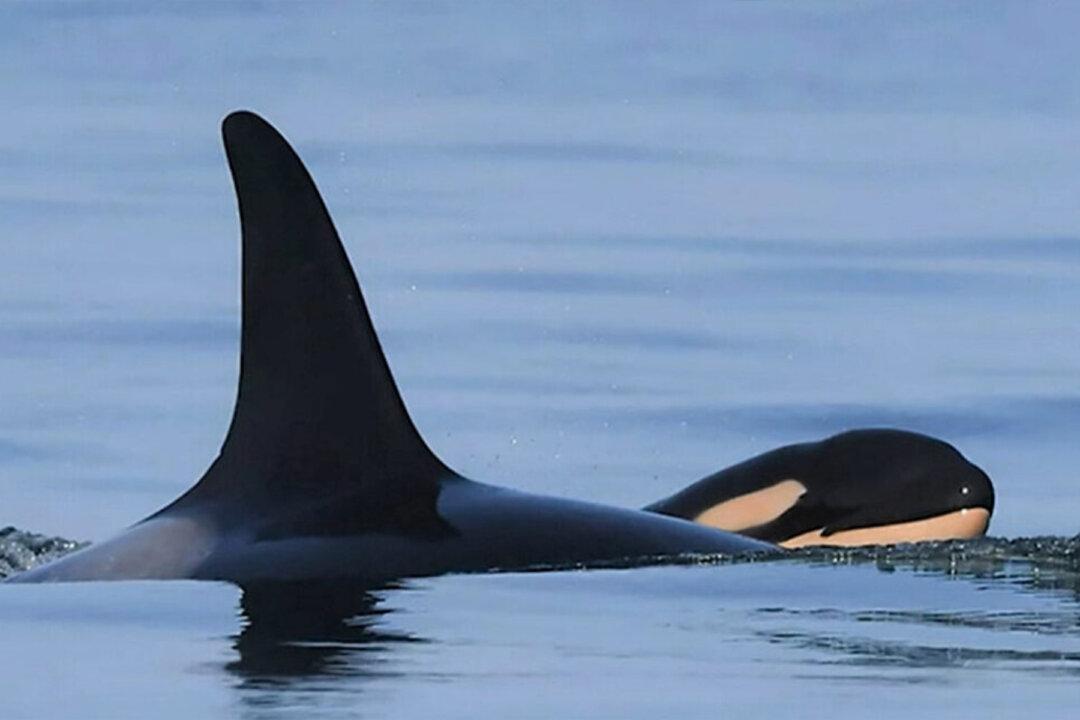A killer whale that “grieved” her dead newborn calf by carrying its inert body on her head over 1,000 miles through the Pacific Ocean for 17 days is making headlines again: the orca is a mom again.
On Sept. 5, after months of tracking the killer whale’s subsequent pregnancy, scientists were overjoyed to discover that she has given birth again.





